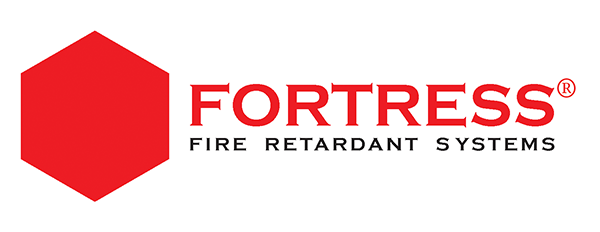It’s time for a meaningful change in the technology used to fight wildfires.
Led by a dedicated team of veteran fire professionals and supply chain experts, Fortress is a next-gen fire retardant company focused on reinventing wildfire application technologies for aerial, ground and structural applications.

FORTRESS NORTH AMERICA
The Next Generation of Long-Term Fire Retardants

Fortress is a next-generation fire retardant company focused on reinventing wildfire application technologies that minimize toxicity and environmental impacts while prioritizing safety and efficacy.
Fortress is working to develop a comprehensive suite of long-term fire-retardant solutions inclusive of aerial, ground and structural formulations, purpose-built for the unique demands of each setting.
PRODUCT LINE
Fortress FR-600 Liquid Ground LTR
Fortress FR-700 Structural LTR
